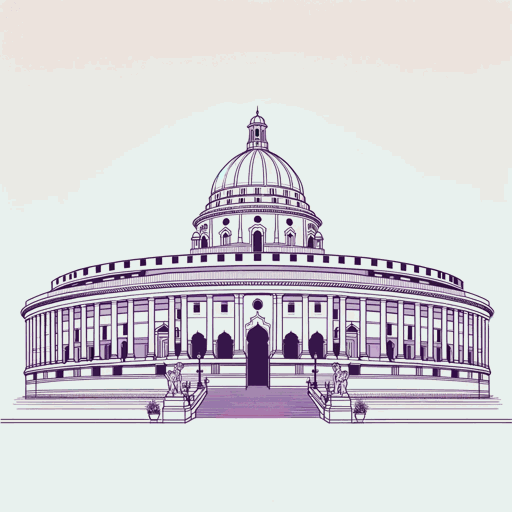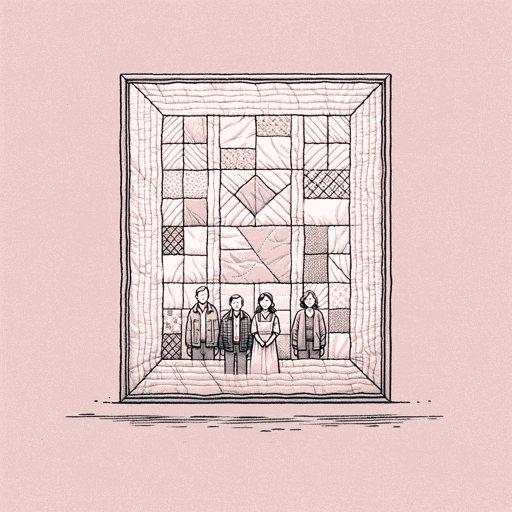70 pages • 2 hours read
Rohinton MistrySuch a Long Journey
Fiction | Novel | Adult | Published in 1991A modern alternative to SparkNotes and CliffsNotes, SuperSummary offers high-quality Study Guides with detailed chapter summaries and analysis of major themes, characters, and more.
Symbols & Motifs
Blackout Paper
When India and China went to war, Gustad covered his apartment windows in blackout paper, like all the citizens of Bombay. Prime Minister Nehru, convinced his counterpart in China was a friend and ally, was depressed and weakened from the war. This mood affected both the national feeling in India and the personal feelings of Gustad Noble, who decided not to remove the paper when the war ended. Instead of returning to the light, Gustad preferred to leave things dark, telling Dilnavaz at first that the darkened windows helped the children sleep. Three years later, when conflict arose with Pakistan in Kashmir, citizens were again ordered to blacken their windows, and Gustad felt vindicated. The apartment windows are still darkened when the novel opens in early 1971: “The family grew accustomed to living in less light, as if blackout paper had always covered the windows” (11).
Most directly, the blackout paper is a symbol of darkness and depression. The paper encourages spiders and cockroaches to breed in the corners of the windows and keeps sunlight from penetrating the apartment. The Noble family cannot see through the windows without opening them.
Related Titles
By Rohinton Mistry



